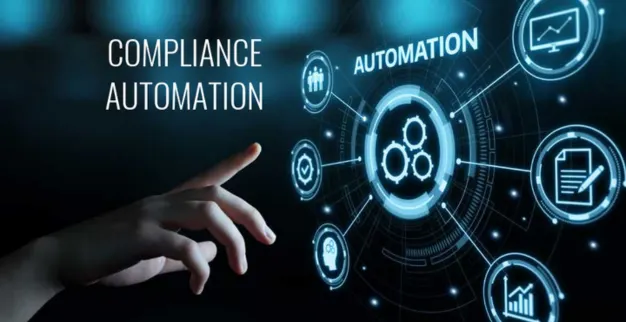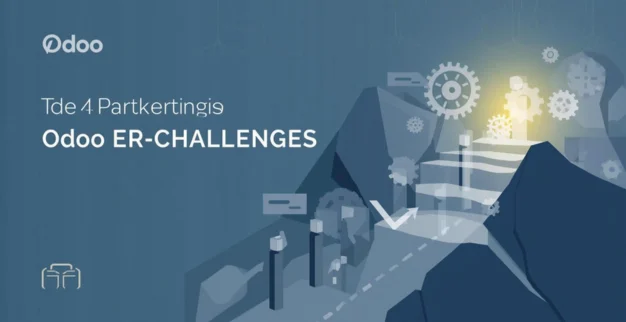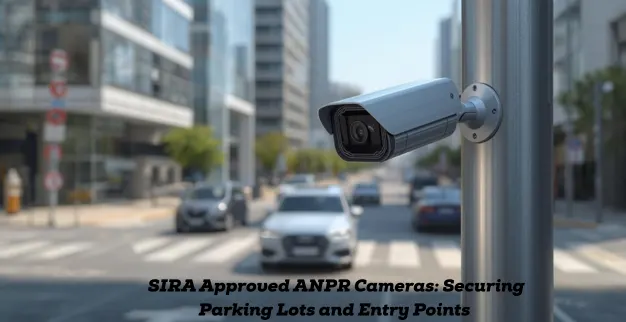Continuous Compliance with Automated Security Controls
By:
Ganesan D
20 Jun 2025
Category:
Automation
Continuous Compliance with Automated Security Controls
In today’s fast-paced digital environment, organizations can no
longer afford to treat compliance as a one-time checklist. With
evolving regulations and an expanding threat landscape, continuous
compliance has become a necessity — and automation is the key
enabler.
What is Continuous Compliance?
Continuous compliance refers to the ongoing process of monitoring,
enforcing, and validating that security controls meet regulatory
and internal policy standards at all times — not just during
audits.
Role of Automation
By integrating automated security controls, organizations can:
-
Monitor systems 24/7 for compliance violations.
-
Auto-remediate misconfigurations before they
become breaches.
-
Generate real-time reports aligned with
frameworks like ISO 27001, NIST, GDPR, HIPAA, etc.
-
Reduce manual workload and human error in
compliance tasks.
Key Tools and Technologies
1. Security Information and Event Management (SIEM) :
SIEM (Security Information and Event Management) is a
cybersecurity solution that provides real-time analysis of
security alerts generated by applications, network hardware, and
security devices.
It collects, aggregates, and analyzes logs from across the IT
environment to help detect, respond to, and report on
cybersecurity threats.
Why SIEM is Critical in Modern Cybersecurity
-
Faster Threat Detection: Recognize anomalies
instantly with real-time monitoring.
-
Efficient Incident Response: Reduce time to
investigate and contain threats.
-
Compliance Made Easy: Continuous reporting and
audit readiness.
-
Visibility Across the Enterprise: One unified
dashboard for all security events.
2. Security Orchestration, Automation and Response (SOAR):
SOAR is a suite of tools and technologies that help security teams
collect data from multiple sources, automate threat response
workflows,
and coordinate actions across systems — all from
a central platform.
In simple terms, SOAR helps security operations centers (SOCs)
do more, faster, and with fewer resources.
Benefits of SOAR
-
Reduces Mean Time to Detect (MTTD) and Respond (MTTR)
-
Minimizes human error with standardized
playbooks
-
Improves analyst efficiencyand reduces alert
fatigue
-
Strengthens threat response with real-time,
automated actions
-
Ensures auditability and compliance tracking
3. Cloud Compliance Tools:
What Are Cloud Compliance Tools?
Cloud compliance tools help organizations
monitor, assess, and maintain compliance with industry regulations
and internal security policies in
cloud environments (e.g., AWS, Azure, Google Cloud).
They
automate checks, track misconfigurations, and
generate reports aligned with frameworks like
ISO 27001, GDPR, HIPAA, SOC 2, and
PCI DSS.
Common Use Cases
- Flagging public cloud storage exposure
-
Minimizes human error with standardized
playbooks
- Ensuring encryption at rest and in transit
- Verifying IAM (identity access) policies
- Enforcing tagging for cost and compliance tracking
4. RPA Bots
What Are RPA Bots?
RPA bots are software robots that mimic human
actions to perform repetitive, rule-based digital tasks across
systems and applications — without human intervention.
They interact with user interfaces just like humans: clicking
buttons, entering data, reading screens, and triggering actions —
but they do it faster, more accurately, and 24/7.
RPA in Cybersecurity
RPA bots are increasingly being used in
cybersecurity operations to improve speed,
accuracy, and compliance in security processes. Examples include:
-
Automatically resetting user passwords based on security
policies
- Monitoring and responding to suspicious login attempts
- Pulling logs and creating audit reports
- Checking user permissions and access rights
- Assisting in regulatory compliance documentation



